825 proof: what kind of metal is it?
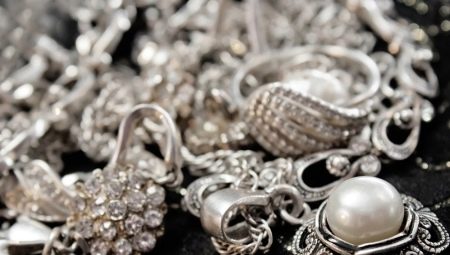
Jewelry marking allows each owner to understand what quality of the item he possesses. Even without knowing what kind of metal - silver or gold, having seen the 825 standard mark on the brand, you can figure it out. It is worth talking in more detail about what this combination of numbers means, how to recognize a fake.
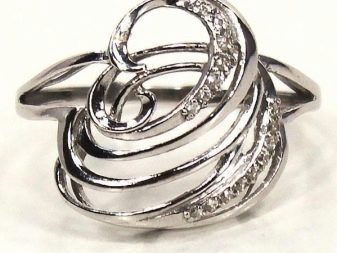
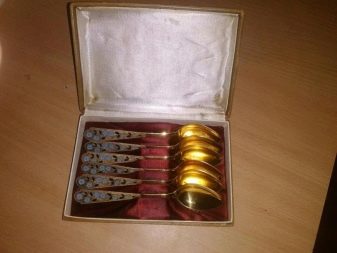
What is it and does it exist?
When choosing a product made of precious metal, the first thing you should pay attention to is the presence of an assay mark... But much more often buyers prefer to distinguish silver from gold by completely different parameters, for example, by the color of the product, in this approach there is a big mistake.
However, if the hallmark contains 825 samples, you shouldn't rejoice either. In this case, we are not talking about a noble inert metal with a complex multicomponent composition.
The assay mark, or in common parlance "test", on jewelry is a valuable source of information. It is it that determines what percentage of pure metal is contained in the product. The higher this indicator, the less remains on impurities that affect:
- color characteristics;
- hypoallergenic;
- wear resistance;
- visual parameters.
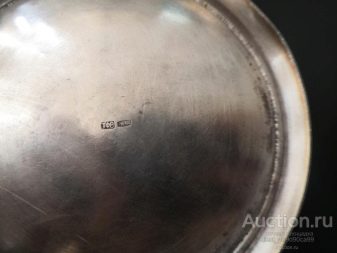
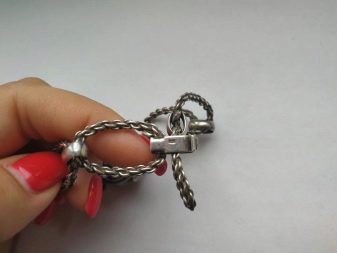
In Russia, an official classification of precious metals has been established, among which are gold, platinum, silver, palladium. Product 825 is most often sold under the guise of silver. Accordingly, it is he who has to be considered as a metal for comparison. V the state register has officially approved a number of silver-based jewelry alloys.
- 720 sample. It is not considered jewelry, it is used for industrial purposes. Metals of this group are refractory and have a brighter color. The test is extremely rare.
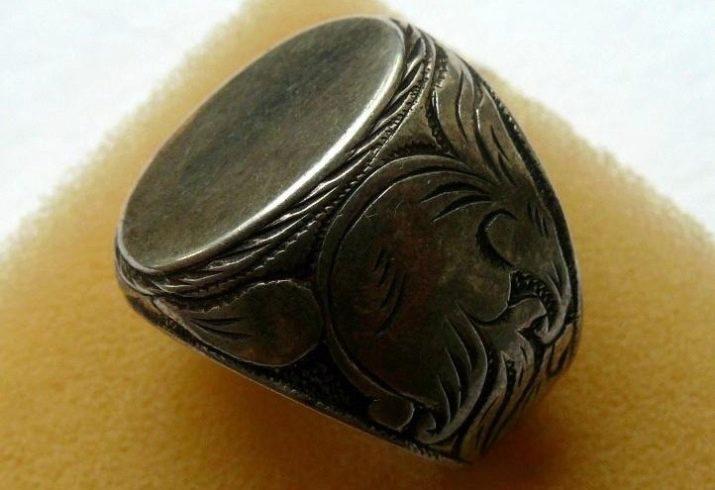
- 800 sample. An alloy containing 80% silver is considered ignoble due to its pronounced yellow impurity. Metals of this group lend themselves well to casting; they are used for making dishes and cutlery.
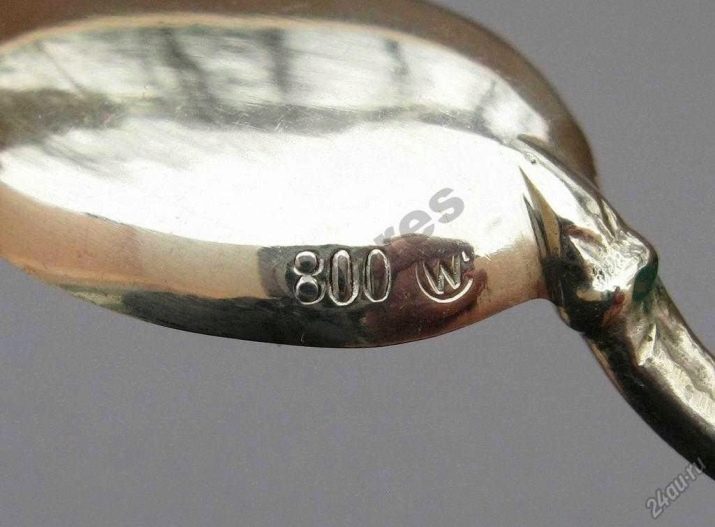
- 830 sample. In terms of properties and characteristics, such alloys are practically similar to those of the 800th sample. The only difference is the percentage of pure silver in the composition.
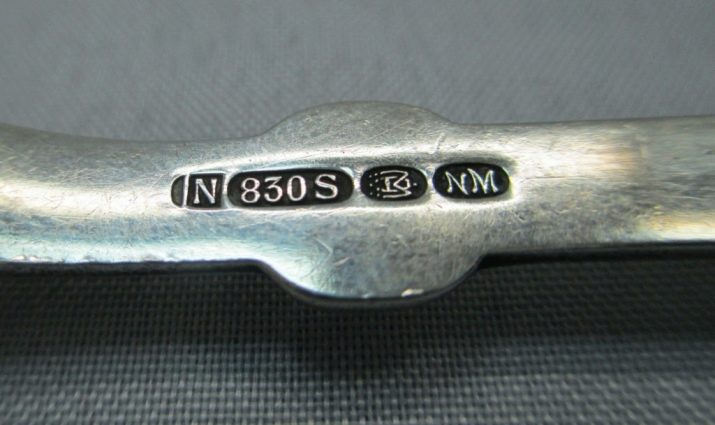
- 875 assay. Smallest category for jewelry. It is not highly valued, products made from such a material are cheaper than from alloys of more noble composition.
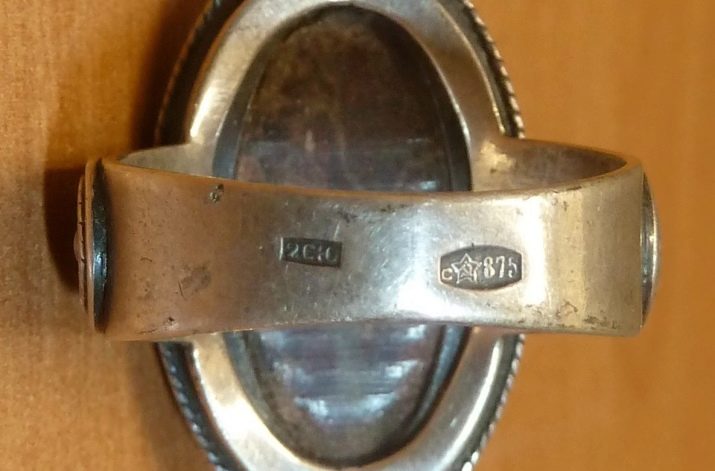
- 916 sample. It is not used today. Earlier, in pre-revolutionary times, it was included in the assay system.
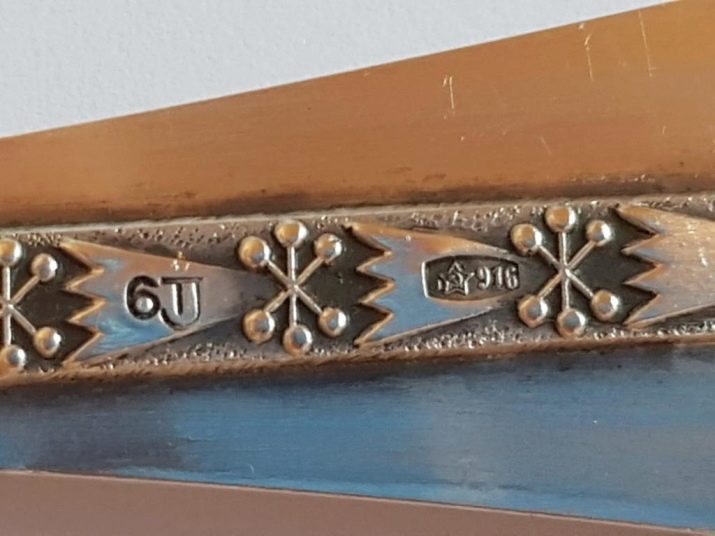
- 925 standard. Alloys of this group have a characteristic silvery-white hue and are not afraid of corrosion. The metal is distinguished by high casting performance and good fusibility, suitable for molding, making art products.
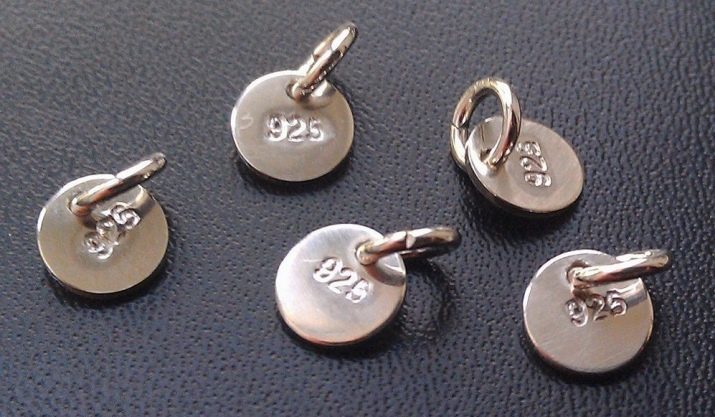
- 960 sample... Almost pure silver is the most common in jewelry. Jewelry of various artistic value is made from it, and jewelry is created. In the UK, the designation Britannia silver is used with a fineness of 958.4.

As a hallmark on gold, platinum, palladium, the combination of the numbers 825 is also not found. Respectively, such material cannot be attributed to jewelry alloys.
It is worth considering that brands 825 and 800 are sometimes found on dishes. They are not used on jewelry.
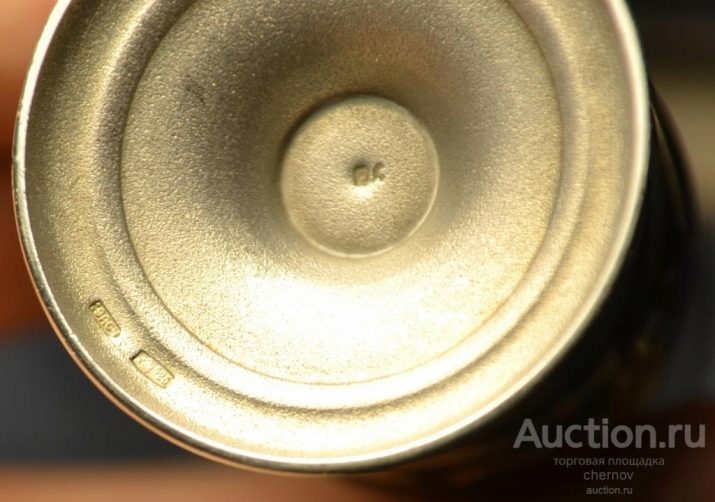
How to identify a fake?
Since most often the products of "825-test" are sold as silver, it is also worth checking the quality of products for the content of this precious metal in the composition. There are objective criteria by which you can determine a fake.
- Hallmark. It should be easy to read, even without a magnifying glass or other gadgets. If the hallmark shows numbers that differ from the options entered in the official register, it is better to refrain from buying the goods.
- Reaction to chalk. In this case, the silver will darken. Other metals will remain light.
- Reaction to contact with tiles. It is enough to hold a metal product over the surface. If it is gold, there should be no reaction.
- Reaction to contact with the palms. If after it dark spots appear on the surface of the product, you should refuse to purchase. This reaction indicates a high percentage of zinc in the composition.
- Origin. Often sellers of pseudo-precious metal claim that the goods were delivered from abroad. But if a sample is affixed according to Russian standards, it must comply with them. Among the brands that are relevant in foreign countries, there are no such values either - the closest version is 826, it is found in Norway and Denmark.
Considering these points, it is possible to recognize a low-quality product made of precious metals, sold under the guise of 825-proof silver.
It is worth remembering that in the modern classification, such a percentage of the metal does not occur. Accordingly, it is better to refuse to buy jewelry.
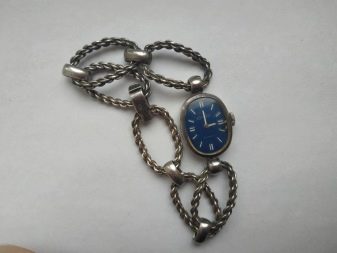
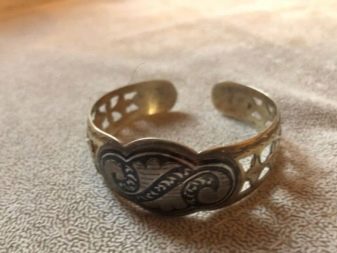
See the video below for more information on silver sampling.








